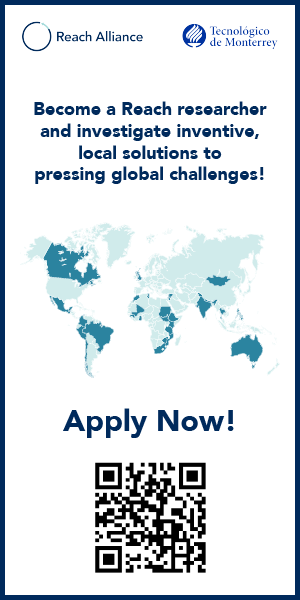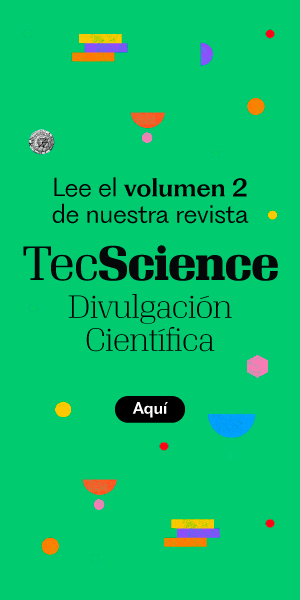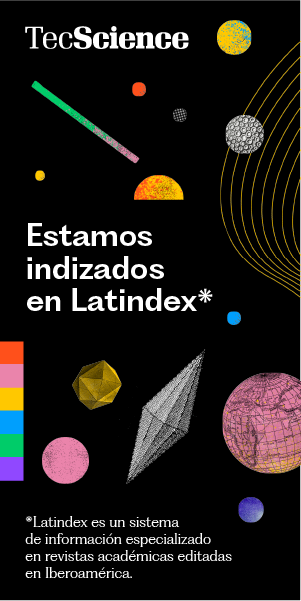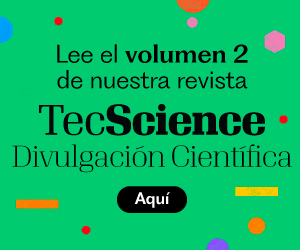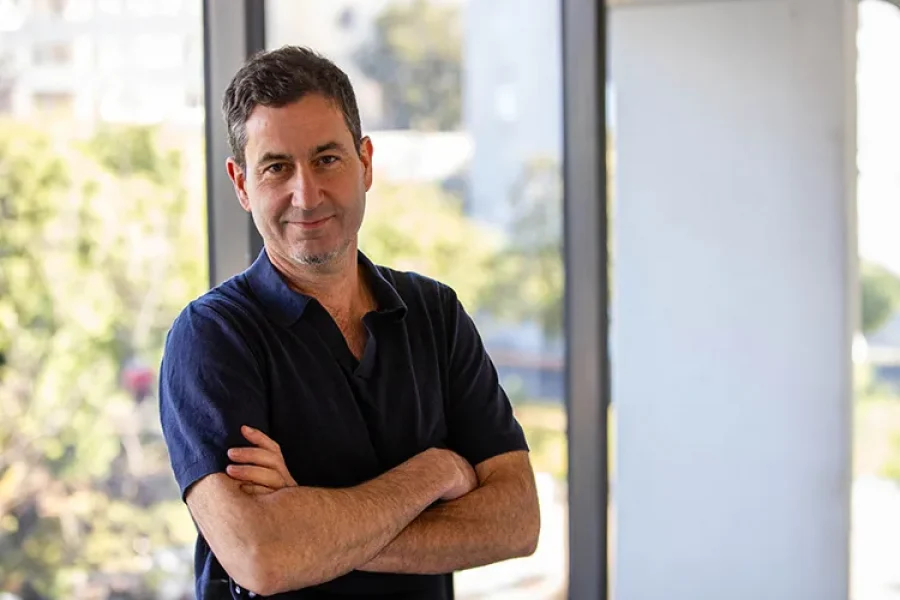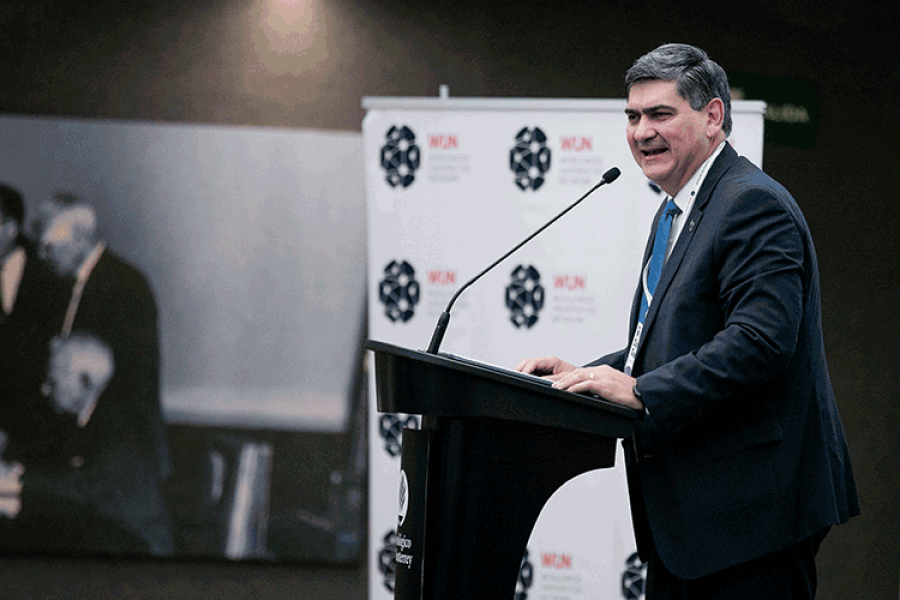Regulatory hurdles, infrastructure gaps, lack of collaboration, and cultural obstacles can pose major barriers that complicate the development of health startups in Mexico, according to academics, entrepreneurs, and investors who spoke during a session hosted by Venture Café Monterrey as part of the agenda for The Next Decade – Horizons in Health.
At the event organized by Tec de Monterrey in the Tlalpan Innovation District, players in the entrepreneurial ecosystem shared their experiences and the obstacles they’ve encountered when trying to bring a health-focused startup to market in Mexico.
A Disconnection Between Science and Real-world Application
Tatiana Fiordelisio, of the National Autonomous University of Mexico (UNAM) and founder and CTO of BioWit—a company offering a molecular-level diagnostic platform for human papillomavirus and cervical cancer prevention—spoke about the challenges she’s observed from her perspective as an academic.
She pointed out a disconnection between science and practical application, noting that academic ideas often don’t address concrete problems. Projects sometimes emerge from labs without a clear purpose beyond theoretical interest. “We’re stuck in the university, coming up with brilliant ideas, but if we want them to turn into innovation, they have to solve something.”
In that vein, she said it’s necessary to shift the prevailing mindset in academia, where developing a patent is often seen as sufficient, and it’s assumed that “someone else” will turn it into a product. She also highlighted a cultural resistance among academics that can hinder tech transfer—namely, the belief that working with industry amounts to doing “cheap science,” and that by collaborating with companies, researchers are somehow selling out.
She explained that one of the major structural hurdles startups face—when research has already evolved into a product, but not one yet viable for the market—is the so-called “valley of death.” This is a stage where projects need more than just funding; they also require commitment, learning, adaptability, and resilience.
Fiordelisio emphasized that success depends on having a more holistic view of the innovation ecosystem, where researchers, investors, entrepreneurs, government, and regulatory institutions must work together to create real-world solutions. “The true value of innovation isn’t in reinventing the wheel—it’s in solving problems.”
Obstacles to Implementing Health Technology
Cristina Campero, founder and CEO of the healthtech company Prosperia, shared some of the roadblocks she faced while developing retinIA, an artificial intelligence (AI) platform designed for the early detection of blindness. One major challenge was the regulatory vacuum surrounding the tool’s launch, as Cofepris had no existing guidelines for validating AI-based technologies.
To address this gap, her team adhered to international standards for scientific validation and technical traceability. “We had to build trust with our clients and patients, despite having no clear official pathway.”
Another key issue was defining the ethical role of AI in medical processes—specifically, ensuring it was implemented as a support tool for doctors in the diagnostic process, rather than as a replacement. This approach allows for continued clinical oversight and diagnoses led by human experts.
Low levels of preventive health awareness among the population posed yet another challenge for retinIA. During early pilot programs, Campero noted that many patients would rather not know if they had a health issue. In response, the team shifted their strategy, targeting their solution to settings—like clinics and doctors’ offices—where patients were already voluntarily seeking care.
Because the project has the potential to generate social impact, the team also faced a fundamental dilemma: Should they operate as a nonprofit organization or focus on profitability? They chose to turn their proposal into a business and sought out partners—both investors and clients—who share their mission. “I’m convinced that profitability and impact don’t have to be at odds. Mexico has countless health problems, and just as many opportunities to solve them through technology.”
Challenges From the Investor’s Perspective
Pedro López, investor and managing partner at FrissOn Capital, explained that many projects—despite their potential—fail to succeed not due to a lack of scientific value, but because their founders often lack an understanding of the market and the entrepreneurial process.
For instance, he noted that while innovation involves creating something new, that alone doesn’t guarantee it will solve a problem or succeed in the market. For an idea to reach its goal, it must be transformed into a product that addresses a real issue—one that people or institutions are actually willing to pay for.
Regarding the entrepreneurial process, he pointed out that many founders don’t know the path they need to follow. It’s not uncommon for them to be unsure whether they even own their patents, or how to secure funding. Progress requires a structured approach: first, access to public or institutional grants, followed by personal investment, then support from angel investors, and finally venture capital.
He also noted a general lack of clarity about the type of company being built. For example, López explained that founding a small or medium-sized business (SME) is not the same as launching a startup, since each has different legal structures, funding options, and growth expectations. And when it comes to health-related ventures, raising capital can take twice as long, as investors often wait to see someone else back the project before getting involved.
López emphasized that being first to market isn’t always an advantage. “Just because you’re the first one out there doesn’t mean you’ll succeed—especially if your model targets corporate clients, who are often unwilling to take a chance on something that’s still so new.”
He added that the growth curve for health startups is typically much longer than for companies in other sectors. His advice: follow a phased approach, validate each step, and be patient in order to achieve your goals.
Did you find this story interesting? Would you like to publish it? Contact our content editor to learn more at marianaleonm@tec.mx








